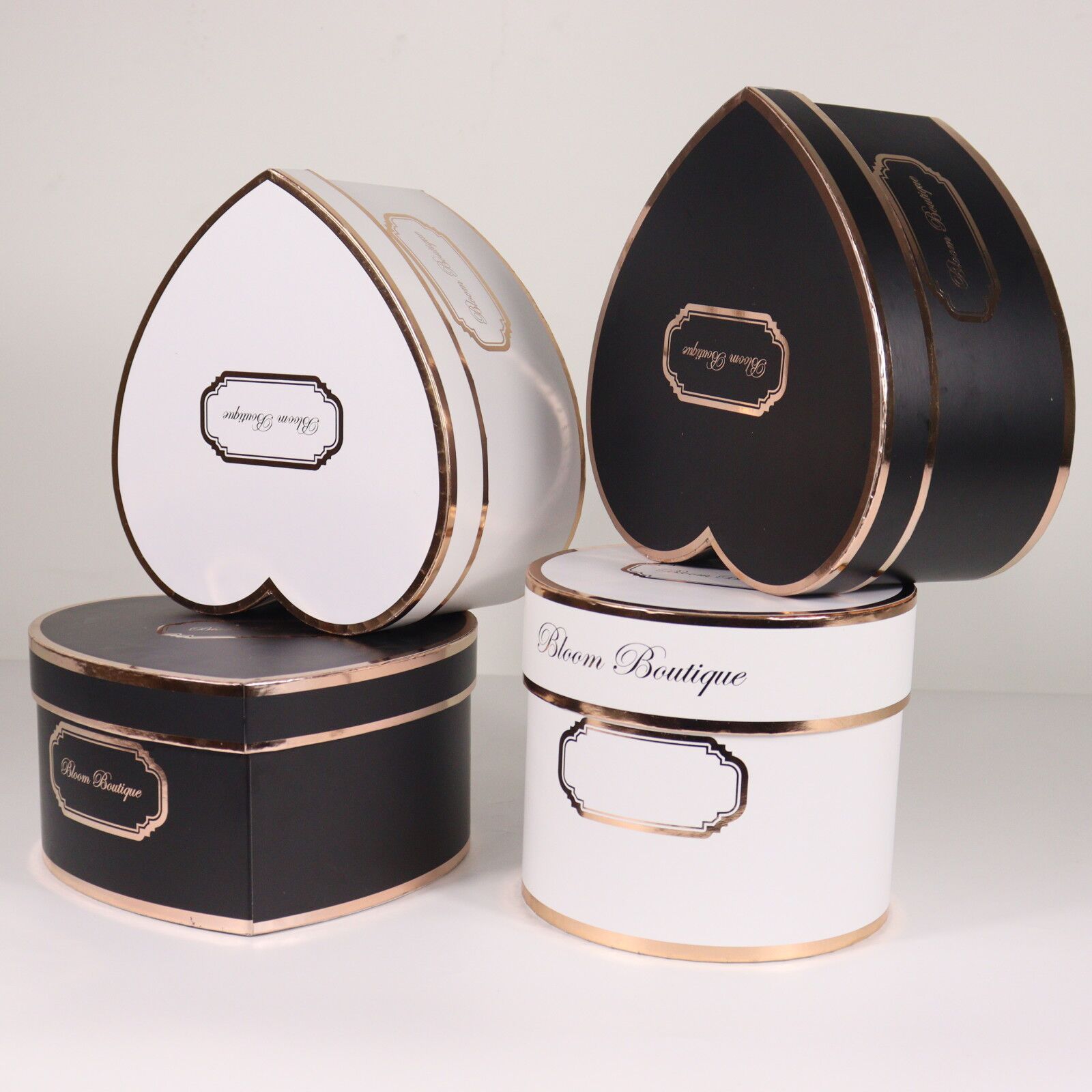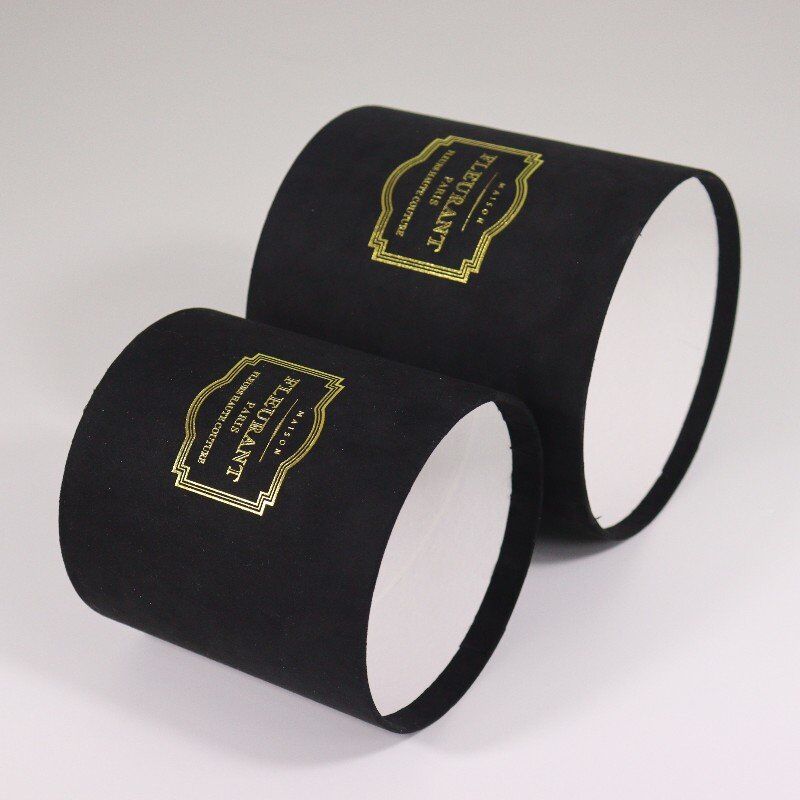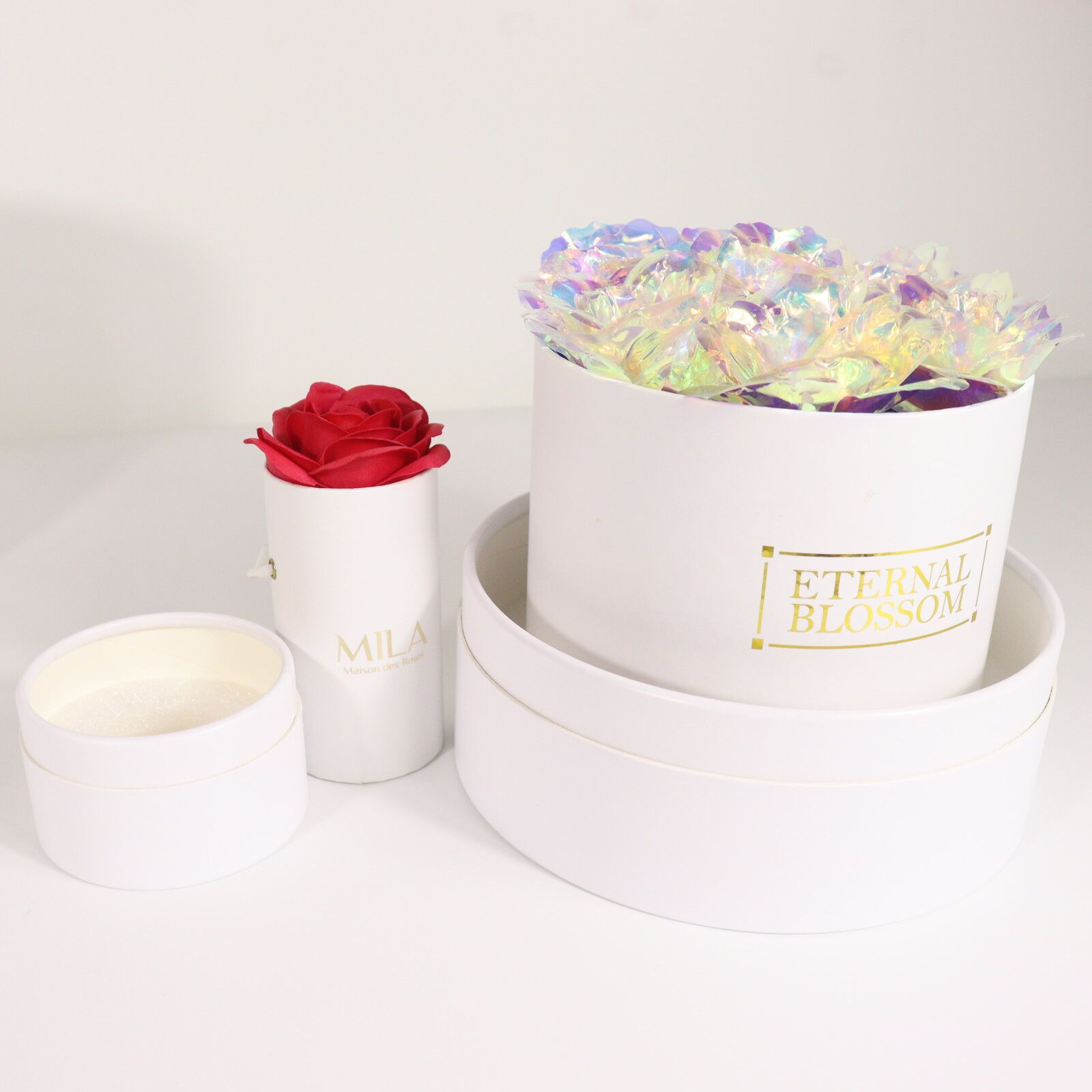- All
- Product Name
- Product Keyword
- Product Model
- Product Summary
- Product Description
- Multi Field Search
Views: 199 Author: XianDa Publish Time: 2024-12-18 Origin: Site

Content Menu
● How to Build a Window Flower Box
● Planning Your Window Flower Box
● Step-by-Step Construction Guide
>> Step 1: Measure and Cut the Wood
>> Step 5: Install Mounting Brackets
● Creative Ideas for Window Boxes
● Medicine Paper Box Factory Integration
>> Similarities in Production Processes
>> Innovations in Box Manufacturing
Window flower boxes are a charming addition to any home, adding color and life to your exterior while providing a perfect spot for growing flowers, herbs, or small plants. This comprehensive guide will walk you through the process of building your own window flower box, from planning and materials to installation and planting. Whether you're a seasoned DIY enthusiast or a beginner, this project is achievable and rewarding.
Before you begin construction, it's essential to plan your window flower box project carefully. Consider the following factors:
1. Size: Measure your window to determine the appropriate size for your flower box. Typically, window boxes should be slightly shorter than the width of the window for a balanced look.
2. Materials: Choose weather-resistant materials like cedar, redwood, or composite materials for longevity. Avoid using materials that might contain harmful chemicals, especially if you plan to grow edible plants.
3. Style: Decide on a style that complements your home's architecture. You can opt for a simple design or add decorative elements like trim or molding.

4. Drainage: Proper drainage is crucial for the health of your plants. Plan to include drainage holes in your design.
5. Weight: Consider the weight of the box when filled with soil and plants. Ensure your window and mounting hardware can support the load.
6. Sun exposure: Take note of how much sunlight the window receives, as this will influence your plant selection.
Gather the following materials and tools before you begin:
- Wood boards (1x6 or 1x8 cedar or redwood)
- Wood screws
- Exterior wood glue
- Drill and drill bits
- Circular saw or miter saw
- Measuring tape
- Pencil
- Sandpaper
- Wood sealer or paint
- L-brackets for mounting
- Landscape fabric
- Potting soil
- Plants of your choice
- Safety goggles and work gloves
- Level
- Stud finder (for mounting)
1. Measure the width of your window and subtract 4-6 inches to determine the length of your box.
2. Cut the front and back pieces to this length using a circular saw or miter saw.
3. Cut two end pieces to the desired depth of your box (usually 6-8 inches).
4. Cut a bottom piece to fit inside the box.
Measuring and cutting wood for window box
1. Apply wood glue to the edges of the end pieces.
2. Attach the front and back pieces to the end pieces using wood screws.
3. Secure the bottom piece inside the box with screws.
4. If desired, add decorative trim or molding to enhance the appearance.
1. Drill several 1/2-inch drainage holes in the bottom of the box, spaced evenly.
2. Consider adding a slight slope to the bottom for improved drainage.
Drilling drainage holes
1. Sand all surfaces of the box to smooth any rough edges.
2. Apply a wood sealer or paint to protect the box from moisture and weathering.
3. Allow the finish to dry completely before proceeding.
1. Attach L-brackets to the back of the box for mounting.
2. Ensure the brackets are securely fastened and level.
3. Use rust-resistant brackets and screws for longevity.
Installing mounting brackets
1. Mark the position of the brackets on the wall beneath your window.
2. Use a stud finder to locate secure mounting points.
3. Drill pilot holes and secure the box to the wall using appropriate screws and anchors.
4. Double-check that the box is level and secure.
Once your window flower box is installed, it's time to add plants:
1. Line the box with landscape fabric to prevent soil from escaping through drainage holes.
2. Fill the box with high-quality potting soil, leaving room for plants.
3. Choose a variety of plants that suit your climate and the box's sun exposure.
4. Arrange plants in the box, considering height and trailing habits.
5. Water thoroughly after planting.
Planting flowers in window box

- Choose plants with similar light and water requirements.
- Include a mix of upright and trailing plants for visual interest.
- Consider seasonal blooms for year-round color.
- For edible window boxes, mix herbs with edible flowers.
To keep your window flower box looking its best:
- Water regularly, especially during hot weather.
- Fertilize plants according to their needs.
- Deadhead flowers to encourage continuous blooming.
- Replace seasonal plants as needed.
- Monitor for pests and diseases, addressing issues promptly.
- Prune and shape plants to maintain desired appearance.
Window boxes offer endless possibilities for creative gardening. Here are some ideas to inspire you:
1. Herb Garden: Plant a variety of culinary herbs for easy access while cooking.
2. Seasonal Displays: Change plants seasonally for year-round interest.
3. Succulents: Create a low-maintenance display with drought-tolerant succulents.
4. Cascading Flowers: Use trailing plants like petunias or ivy for a romantic look.
5. Butterfly Garden: Choose plants that attract butterflies and other pollinators.
6. Miniature Vegetable Garden: Grow small vegetables like cherry tomatoes or lettuce.
7. Monochromatic Theme: Use plants of a single color for a striking visual impact.
Creative window box ideas
While building your window flower box, you might wonder about other types of boxes, such as those used in packaging. Interestingly, the process of creating a window flower box shares some similarities with the production methods used in a medicine paper box factory. Both require precision in measurement, careful assembly, and attention to detail.
A medicine paper box factory specializes in creating packaging for pharmaceutical products. These boxes must meet strict quality and safety standards, much like how a window flower box needs to be sturdy and weather-resistant. The manufacturing process in a medicine paper box factory often involves:
1. Design and prototyping
2. Cutting and shaping of paperboard
3. Printing and labeling
4. Assembly and quality control
While the materials and end products differ, the principles of careful planning, precise execution, and quality assurance apply to both window flower boxes and medicine paper boxes.
- Precision cutting: Both window boxes and medicine paper boxes require accurate measurements and cuts.
- Assembly techniques: Careful joining of components is crucial in both processes.
- Quality control: Rigorous checks ensure the final product meets all specifications.
- Customization: Both can be tailored to specific sizes and designs.
The medicine paper box factory industry has seen significant advancements in recent years, some of which could inspire improvements in DIY projects like window boxes:
- Eco-friendly materials: Sustainable paperboard options could inspire the use of more environmentally friendly materials in window box construction.
- Automated production: While not directly applicable to DIY, understanding efficient production methods can help streamline the building process.
- Smart packaging: Concepts like moisture-resistant coatings could be adapted for better weather protection in window boxes.
When building and installing your window flower box, keep these safety tips in mind:
- Wear protective gear like safety goggles and gloves when cutting and drilling.
- Ensure proper ventilation when applying finishes or paints.
- Use caution when working on ladders or near windows.
- Verify that your mounting solution is strong enough to support the fully loaded box.
Consider the environmental aspects of your window box project:
- Choose sustainable wood sources or recycled materials.
- Opt for non-toxic finishes and paints.
- Select native plants to support local ecosystems.
- Use water-efficient planting methods to conserve resources.

Building a window flower box is a rewarding DIY project that can significantly enhance the curb appeal of your home. By following this guide, you can create a beautiful and functional planter that will bring joy for years to come. Remember to choose appropriate plants for your climate and maintain your window box regularly for the best results. Whether you're inspired by the precision of a medicine paper box factory or the beauty of nature, your window box will be a unique expression of your creativity and gardening skills.
1. Q: How often should I water my window box plants?
A: The frequency of watering depends on the plants you choose and your climate. Generally, check the soil daily and water when the top inch feels dry.
2. Q: Can I use plastic for my window flower box instead of wood?
A: Yes, plastic window boxes are available and can be a good alternative if you're looking for a lightweight, low-maintenance option. However, wood offers a more natural and customizable look.
3. Q: How do I prevent my window box from rotting?
A: Use rot-resistant wood like cedar or redwood, ensure proper drainage, and apply a water-resistant sealer or paint to protect the wood from moisture.
4. Q: What are the best plants for a north-facing window box?
A: Shade-loving plants like ferns, impatiens, begonias, and coleus are excellent choices for north-facing window boxes.
5. Q: How deep should a window flower box be?
A: A depth of 6-8 inches is typically sufficient for most plants. This provides enough room for roots to grow while keeping the box lightweight.
6. Q: Can I build a window box if I live in an apartment?
A: Yes, but check with your landlord or building management first. You may need to use a bracket system that doesn't require drilling into the building's exterior.
7. Q: How can I winterize my window box?
A: Remove annual plants, insulate perennial roots with mulch, and consider covering the box with burlap in harsh climates. Ensure proper drainage to prevent freezing water from damaging the box.
Combination Medicine Box: Secure Storage for Your Medications
Combination Lock Medicine Box: Secure Storage for Your Medications
Coach Medicine Box: The Ultimate Guide to Stylish and Functional Storage
Clear Medicine Box: Revolutionizing Pharmaceutical Packaging
Cattle Medicine Box: Essential Tool for Livestock Health Management